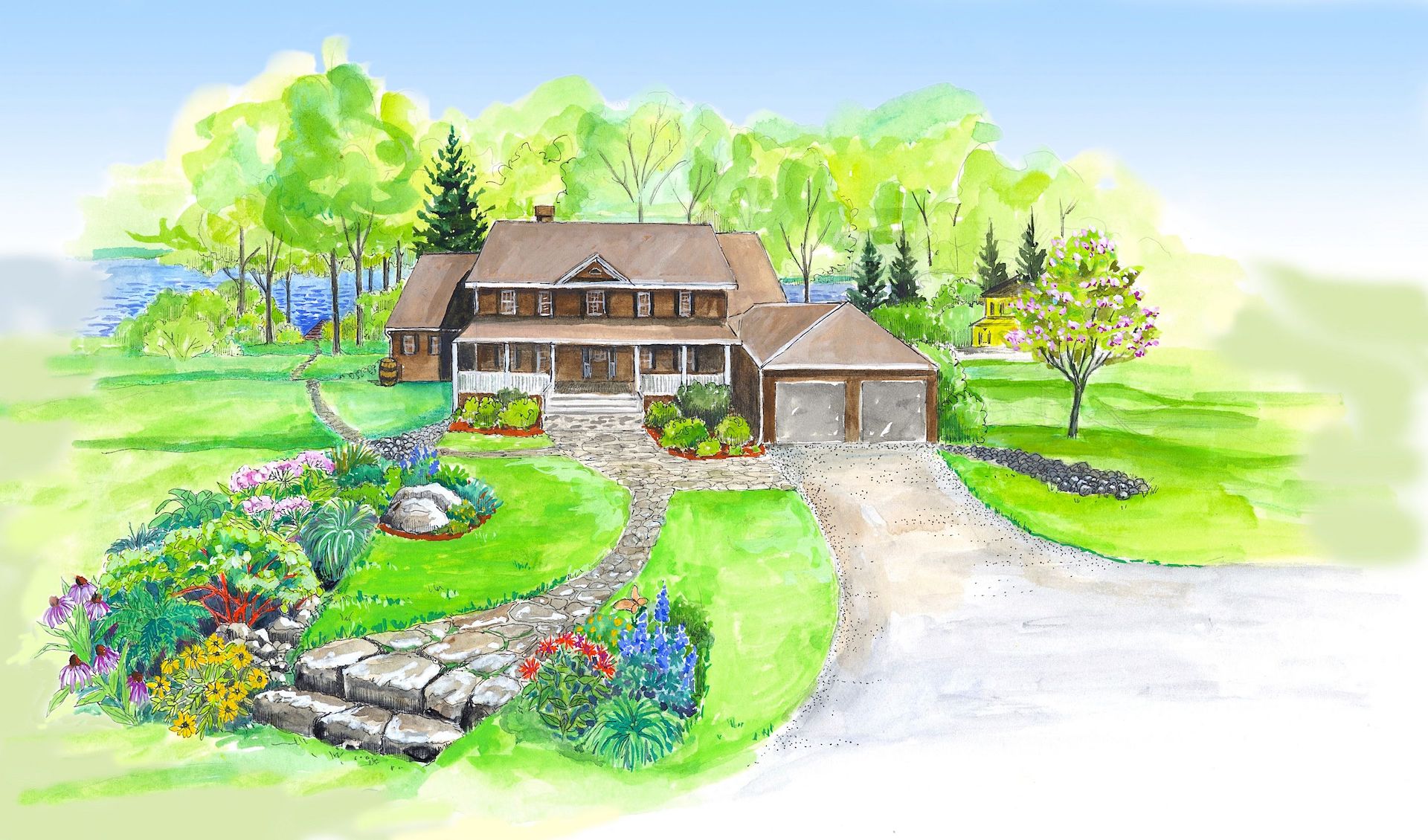You may not have heard of runoff, but you've definitely seen it.
It's those curbside streams rushing into thirsty drains during a big rainstorm; the steady trickle down a soapy driveway as you wash your car.
Runoff is surface water that can't absorb into the ground before it reaches a waterway. In developed areas, more pavement means fewer opportunities for the water to soak in.
Runoff picks up all the oils, chemicals, dirt and pollution it finds on the road and other paved surfaces and washes them down the storm drain. Those contaminants flow into the nearest catch basin, which ultimately drains into nearby lakes and rivers.
This can pollute the water and upset the local ecosystem. The excess water can even contribute to flooding.
Sounds awful, right?
Thankfully, reducing your runoff is pretty simple. (Click on the "+" below for some ideas.)

Consider installing a soakaway pit. Soakaways are similar to rain gardens, but they're filled with rocks or stones. Runoff is stored in the spaces between the rocks before soaking into the ground. Line with landscape fabric and keep sediment and debris out. Perfect for small spaces.
Limit the amount of hardened, paved surfaces like driveways, patios and paths. Instead, use permeable materials like gravel, mulch or interlocking stone to allow rain and snow to trickle through the earth instead of running off the surface.
Direct your downspout onto grassy or naturalized areas, instead of onto hard surfaces like driveways and sidewalks.
A rain barrel at the bottom of your downspout collects runoff from your roof. You can save the rain water for dry spells to water your garden or wash your car.
If your property has a steep hill to the water, you can slow runoff by creating natural terraces out of branches or fallen trees. When placed parallel to the hill, runoff has a chance to absorb. A meandering pathway down to the water also helps to prevent water from running directly down the hill and into the water.
Trees and shrubs store rainfall and even suck pollutants right out of the ground. Along shorelines, a healthy, green buffer is the last line of defence before runoff enters the water. Native species are best because they're typically deep rooted, adapted to the local climate and non-invasive.
Rain gardens are shallow, sunken gardens where runoff can be slowly absorbed into the ground. These gardens are filled with loose, permeable soil and deep rooted, flood-tolerant native plants. Honestly, they look just like regular gardens!
Reduce Your Runoff
If you've got a small space, reducing runoff is as easy as directing your downspout away from paved surfaces and into soakaway spots like gardens, stone beds or sandy soil, or buying a rain barrel to collect rainwater for use on your gardens and grass.
Or you might consider installing a rain garden. Don't be fooled by the fancy name! At our demonstration rain garden at Baxter Conservation Area, staff simply dug out a shallow space for the garden below the interpretive centre's downspout and made sure the soil was a nice mix of sand and compost for maximum soakability. They placed some loose mulch on top.
Staff then planted hearty native plants like blue flag iris, lance-leaved coreopsis, wild bergamot and purple coneflower – all flowers that don't mind getting their feet wet during a storm but which can withstand a little thirst in the dry spells, too.
As it rains, stormwater from the roof is directed into the garden, where it slowly soaks into the ground to be filtered out instead of running directly into the nearby Rideau River. Ta-da!
Rain gardens can be as modest or as massive as you choose, and inexpensive to get started.


